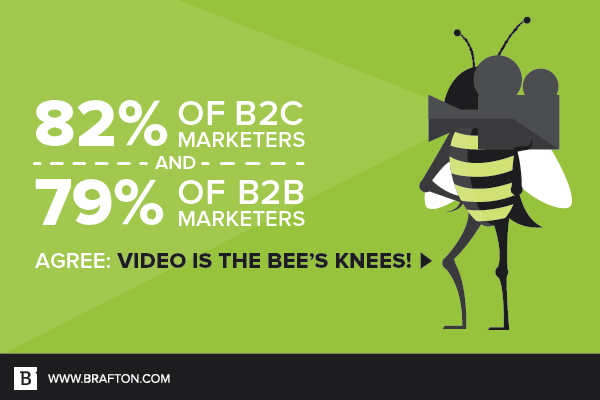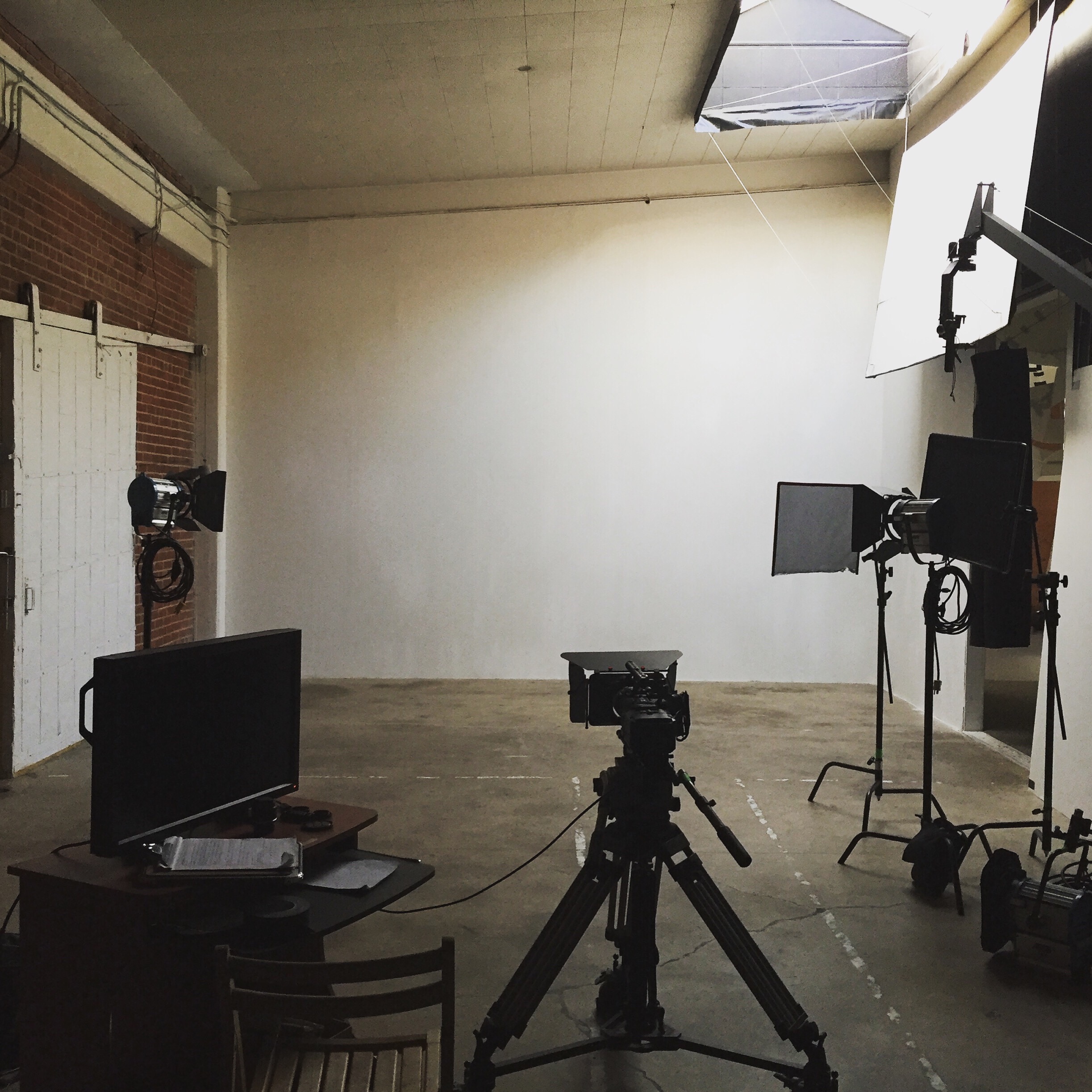If a picture is worth a thousand words, what does one minute of video get you? According to Dr. James McQuivey of Forrester Research, the answer is 1.8 million words.
The numbers tend to speak for themselves when it comes to using video in content marketing:
- Including video in landing pages can increase conversion by as much as 80 percent (Eyeview).
- Seventy-six percent of businesses believe video offers good return on investment (Wyzowl).
- Ninety-three percent of businesses believe video increases user understanding of products and services (Wyzowl).
- Eighty-two percent of B2C content marketers and 79 percent of B2B content marketers use video (Content Marketing Institute).
Of course, as with any marketing tool, video is only effective when used correctly. That means knowing when and how to use different types of video in content marketing campaigns.

Understanding your options
While live action and animated video represent the two main categories, options under these two expand significantly and include:
- In-studio video blogs: These videos tend to accompany text-based, SEO-friendly content and serve as bite-sized supporting assets for those who’d rather watch than read.
- On-location interviews: On-location videos are ideal for showing off your business, whether it’s through interviews with executives or by touring your facilities.
- Event coverage: From product launches to industry conferences, event coverage videos can boost business visibility and generate excitement.
- Vox pops: Derived from the Latin phrase “vox populi,” or “voice of the people,” these videos offer a snapshot of public opinion. Think clips of people praising a show on their way out of a performance, or providing opinions that demonstrate the need for your product or service.
- Product demonstrations: Demo videos are the perfect way to show off the functionality of a product or service, making it easier for consumers to understand its value.
- Explainer videos: How-to and explainer videos are the perfect format for breaking down complex topics into easy-to-understand nuggets of information.
- Commercials: Whether straightforward product advertisements or videos intended to increase brand awareness, commercials remain a video staple.

On-location videos give you the ability to really capture the ‘Action!’
Let purpose drive decisions
Each kind of video serves a different purpose in content marketing. While you may be partial to a certain type of visual imagery, it’s the purpose that should drive your decision-making process.
For example, maybe your ultimate goal is boosting brand awareness. You work for a newer company and want to demonstrate trustworthiness to potential customers.
In this instance, you could use one of two videos: A corporate promotional video that includes interviews with high-ranking executives and internal subject matter experts, or an eye-catching animated video to helpfully explain the problems your business solves.
On the other hand, maybe you’re more concerned with generating leads and converting website visitors into paying customers. In cases such as these, product demonstrations are a great way to put your money where your mouth is and clearly illustrate your value proposition. Video interviews with satisfied clients are also effective; it always helps for prospective customers to hear it from somebody other than you.
“The type of video you choose should influence how and where it is deployed.”
No matter your content marketing objective – be it generating traffic, engaging visitors or demonstrating thought leadership – there is a video strategy to suit it.
The type of video you choose should also influence how and where it is deployed, whether it be on your website, in email marketing newsletters, on social media platforms or even on television. Just like each type of video content, every channel lends itself to a different audience.
“Direct-response commercials work really well on TV,” said Brafton Creative Director Perry Leenhouts. “Teasers work really well on social platforms, cooking up interest and directing the viewer to a landing page. Product and services spots can be targeted to YouTube viewers in the shape of a pre-roll ad. That format actually influences the way you should edit a video: You want to pull the audience in before they click to skip the ad.”
Determine your objective, select the video content that best meets it and focus on channels that align with this goal.

No matter your goal, video can help set the stage for success.
Keep it short and sweet
Regardless of the type of video you choose, certain best practices should stay top of mind. Foremost among them is brevity.
Part of what makes videos so effective is they save people time from having to read large amounts of text. If your video is too long, you’ll cancel out that advantage. This decreases the likelihood that someone will watch until the end. Even worse, it could cause them to avoid clicking ‘Play’ in the first place.
Based on internal customer data, Wistia reported that two minutes is the cutoff for video length. Engagement for videos two minutes or shorter remained relatively steady, although shorter videos were more likely to be watched to completion. After the two-minute mark, engagement began to fall dramatically.
If your video requires a longer length, Wistia recommended aiming for between six and 12 minutes. While engagement diminishes after two minutes, it appears to remain relatively stable between six and 12. However, after the 12-minute mark, viewers begin to disappear significantly yet again.
As with any content marketing decision, whether it’s opting for an eBook over a whitepaper or selecting the right call to action, choosing the proper video content is a matter of marrying form to function and following best practices.





